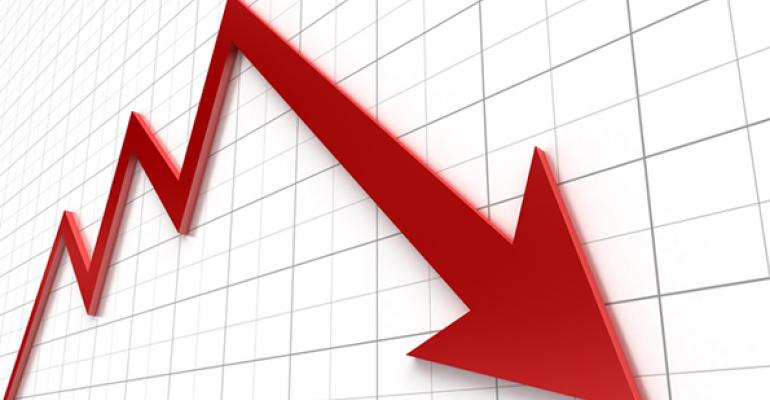Same-store sales at quick-service chains fell 0.3 percent in May, according to the latest MillerPulse data, as a spring slump at restaurants continued.
Overall same-store sales rose just 0.2 percent — the worst performance for the industry in more than three years. The figure declined from 0.7-percent growth the previous month.
“It’s slowing down,” said Larry Miller, co-founder of the monthly survey. “When the year started out, we thought we were going to have a good year. But it’s just declining rapidly.”
[CHARTBEAT:3]
The biggest problem remains traffic, which fell 1.8 percent in May, the industry’s worst performance since the weather-hampered month of January 2014.
The traffic problem was broad-based, affecting both the quick-service and casual-dining segments.
Quick-service same-store traffic fell 1.6 percent, the worst performance for the segment since January 2014. The traffic decline came despite a price war among quick-service chains that is designed to generate more traffic.
But casual dining isn’t faring any better on the traffic front. Same-store traffic at dine-in chains fell 2 percent in May.
Such figures are more normalized for casual dining, however, as dine-in chains have struggled to lure more customers for years.
“Traffic is still down 2 percent,” Miller said. “You can’t get up and crow about that.”
With quick-service chains competing on price, casual-dining concepts won the sales battle. Casual-dining same-store sales rose 0.8 percent, outpacing the quick-service segment by 110 basis points for the month.
Casual dining has been moving away from price competition in recent months, focusing instead on product innovation and quality while avoiding some of the discounts those chains relied on in recent years.
“Obviously, they’re having some better success at getting people to spend a little more when they’re there,” Miller said. “People are trading up.”
Still, the industry’s overall performance continues to reflect same-store sales weakness. There are some suggestions that the supply of restaurants has grown so much in the past couple of years that it’s stealing business from existing eateries.
But Miller said the pricing gap between restaurants and grocery stores might be the main cause, especially for quick-service chains that shifted marketing away from value after the winter.
Food costs at retail fell 0.3 percent in April, but rose 2.7 percent at restaurants, marking the biggest gap in years, Miller said. There is a strong correlation between the growing gap in prices between grocers and restaurants, and weakness in restaurant sales, he added.
“Restaurants have to get back to providing value, at least during the deflationary period in commodities,” Miller said. “You’ve got to be very cognizant of food-at-home prices. You’ve got to be messaging strong value right now.”
Contact Jonathan Maze at [email protected]
Follow him on Twitter: @jonathanmaze





